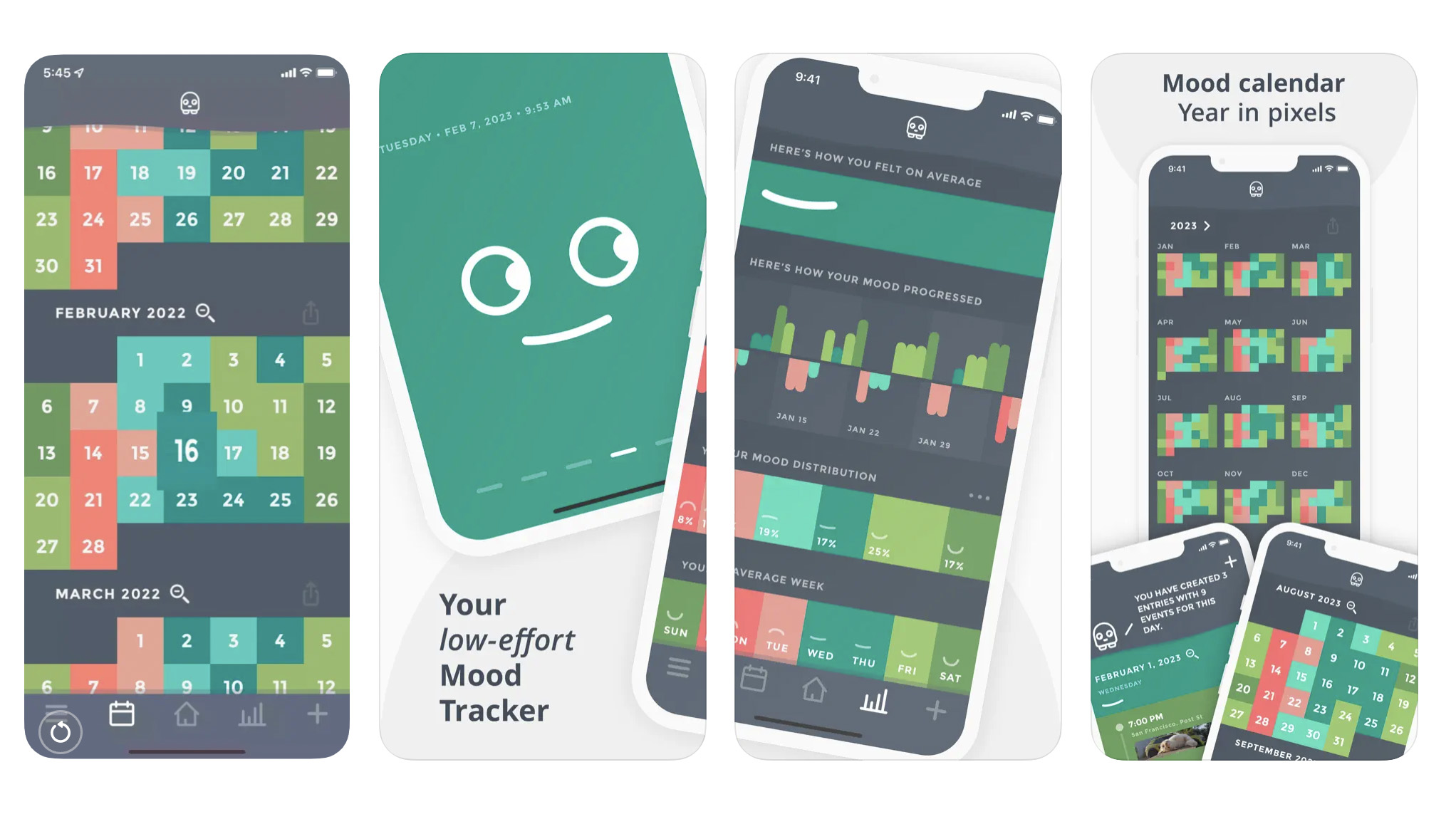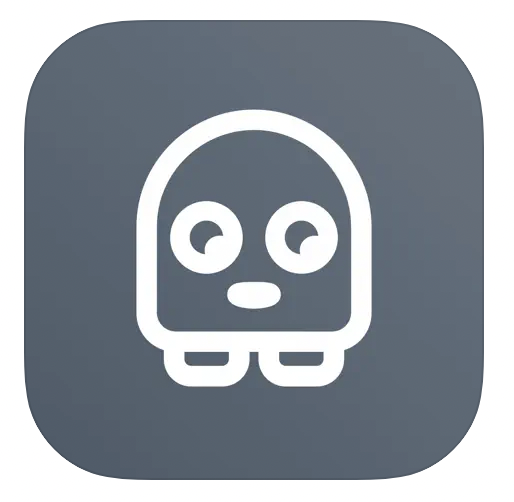Use this simple Apple Watch app to track your mood — and improve it, too
Moodistory is a fuss-free way to track your mood.


iPhone / Apple Watch – Free (In-App Purchases)
Want more apps? Check out our hand-picked lists:
- Best iPhone apps
- Best iPad apps
- Best macOS apps
- Best Apple Watch apps
If you want to build better habits, it helps to take a sort of emotional litmus test to see how you're doing. One relatively easy way to do that is to begin tracking your moods each day.
Plenty of apps can help you with this, but the easier the better, which is why I like the Moodistory app, a mood tracker that works on both the iPhone and the Apple Watch.
You'll need to fire up the iPhone app in order to look at past data, change settings and use more advanced features. But I like that the Apple Watch is so incredibly simple to get started with — just tell the app how you're feeling by tapping your wrist. It's as simple as checking the time.
You can add more data if you like, which will help when you go back through your entries later. But Moodistory is also really simple to use on days when all you want to do is input a general mood.
It'll then present all of your mood data and, the part I like the most, it's color-coded. This helps you see at a glance what's going on and the different ways your mood fluctuates over the course of weeks or months.
What are the benefits of mood tracking?
A major benefit to mood tracking is it’ll help you become more aware of your emotional patterns and fluctuations.
That way you can better understand what might trigger certain moods and make any necessary changes. For example, you may notice you have a low mood on days when you have less sleep. Or people who menstruate might learn that they’re more anxious before their period is due.
iMore offers spot-on advice and guidance from our team of experts, with decades of Apple device experience to lean on. Learn more with iMore!
Moodistory encourages users to delve deeper. Its analysis features help to unearth patterns and triggers. This insight is invaluable, empowering users to understand the 'why' behind their emotions.
In a sense, it's like having a therapist in your pocket, guiding you towards better mental health. But by identifying these trends in your mood, you can also better manage any mental health problems and have data to discuss any more serious issues with therapists and doctors, too.
iMore's daily App of the Day post helps you find great apps you've never heard of on your iPhone, iPad, Mac, and Apple Watch, curated each day by our expert team!

Becca Caddy is a contributor to iMore, as well as a freelance journalist and author. She’s been writing about consumer tech and popular science for more than a decade, covering all kinds of topics, including why robots have eyes and whether we’ll experience the overview effect one day. She’s particularly interested in VR/AR, wearables, digital health, space tech and chatting to experts and academics about the future. She’s contributed to TechRadar, T3, Wired, New Scientist, The Guardian, Inverse and many more. Her first book, Screen Time, came out in January 2021 with Bonnier Books. She loves science-fiction, brutalist architecture, and spending too much time floating through space in virtual reality. Last time she checked, she still holds a Guinness World Record alongside iMore Editor in Chief Gerald Lynch for playing the largest game of Tetris ever made, too.

